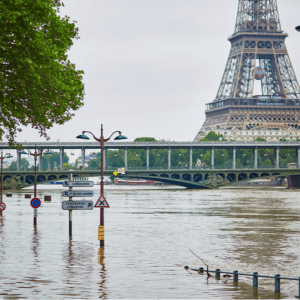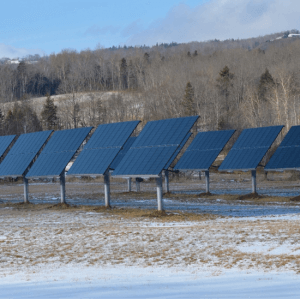Poor and climate-vulnerable people in India live in coastal areas, hilly terrains, forests, and biodiverse regions. Most of the human needs in these remote areas are met by exploiting the natural resources of the environment. For instance, energy to light homes and support neighborhood livelihood typically comes from forest wood, which doubles up as fodder...
Tag: 87
Those affected by climate justice in Germany include low-income and single-parent families, migrants, the elderly, those with disabilities, and people living in rural areas
Families at the low end of the income scale are the most vulnerable to climate justice, as they are the first to face the negative effects of energy poverty. Many of them rely on social transfers or the minimum necessary to survive. However, in the face of the recent sharp rise in energy prices, the...
By advocating for community-centered renewable projects, simplifying access to support programs, and investing in underserved areas, France can ensure that the benefits of the green transition are shared equitably
Overview While France has made notable progress in its transition to a low-carbon economy, significant disparities remain in access to renewable energy, sustainable transportation, and waste management services. These inequalities raise critical issues of climate justice, particularly affecting low-income households, immigrant communities, and rural populations.Demographic Groups Lacking Access Low-Income Households Socio-economic profile: Households living under...
The ability to access and benefit from sustainability services provided through EU climate policies remains strongly correlated with socioeconomic status
A Just Transition[1] necessitates that access to “sustainability service”, namely clean energy, sustainable transportation, and effective waste management, is universal and equitable. This means all populations, regardless of income, region, or cultural background, can reliably afford to consume these services at a similar level of quality. Indeed, the European Pillar of Social Rights explicitly lists...
Climate Justice and Renewable Energy Access in China: A Technical Policy Analysis
Executive Summary China has positioned itself as a global leader in renewable energy deployment, with the world’s largest installed capacity of solar, wind, and hydropower. However, significant disparities in access to clean energy persist, particularly among rural populations, ethnic minorities, and urban low-income groups. The lower accessibility is mainly driven by infrastructure investments, corruption in...
Northern and rural communities in Canada often have limited social and physical infrastructure and capacity (i.e., limited access to technology and communication systems, health and education services, supplies, and human resources)
More ambitious action is necessary that avoids harming human rights. This entails phasing out the use of fossil fuels and transitioning to 100% renewable energy The Canadian Climate Institute’s narrative on climate change, which has spanned several decades, has overlooked a critical element: the impacts that climate change has had—and will continue to have—on some...
Indigenous communities, quilombolas, residents of urban peripheries, and isolated rural populations are most impacted by a lack of access in Brazil
Climate justice in Brazil is a crucial issue, particularly in ensuring equitable access to renewable energy, public transportation, and waste management services. Several demographic groups face significant barriers in this context, perpetuating socioeconomic and cultural inequalities.Affected Demographic Groups The groups most impacted by a lack of access include indigenous communities, quilombolas, residents of urban peripheries,...
Northern Territory and Western Australia have the largest number of settlements where residents don’t have guaranteed access to certain energy legal protections
https://www.anu.edu.au/news/all-news/remote-aussies-dont-have-equal-access-to-household-electricity-protectionsAccess to affordable and reliable renewable energy, transport, and waste management infrastructure remains uneven across Australia, disproportionately affecting specific demographic groups. Key populations experiencing limited access include remote and Indigenous communities, low-income households, and renters.Key demographics include: Remote and Indigenous Communities Off-grid communities or fringe-of-grid communities are “impacted by poor system reliability, high energy costs...









